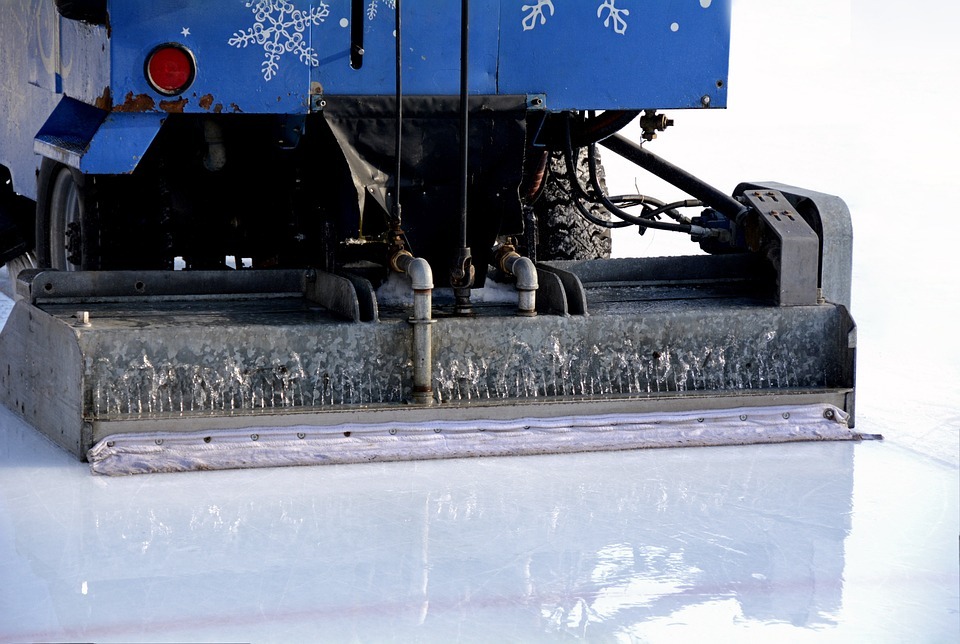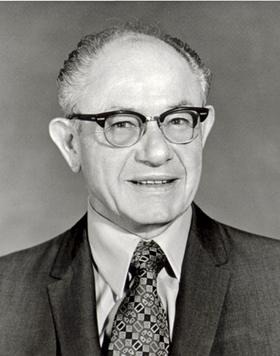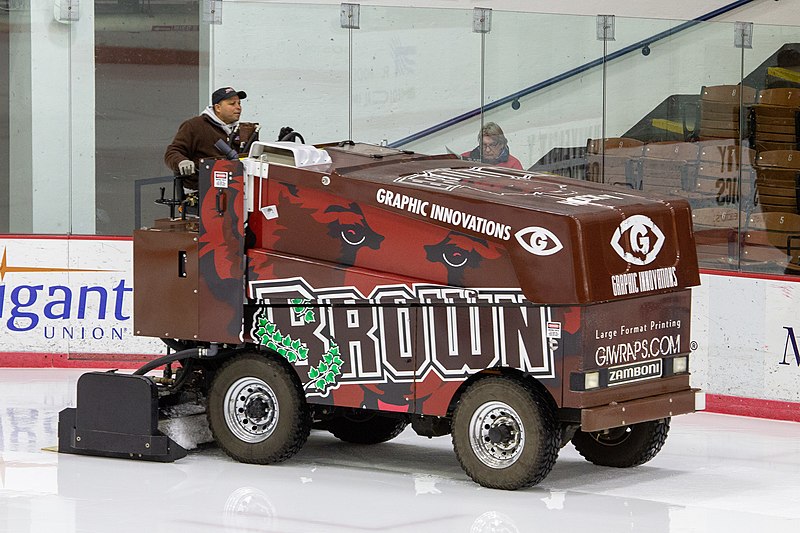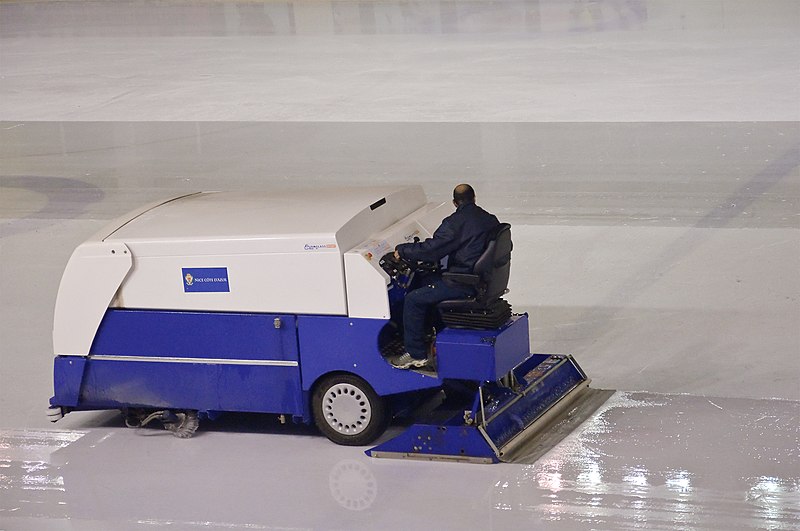Have you ever wondered how the ice is kept so smooth and clean between periods of a hockey game? The answer can be found in the classic Zamboni machine. This spectacular architectural marvel has become a treasured landmark of ice rinks all across the world, but few are aware of the intriguing story that led to its conception. In this post, we will explore the Zamboni machine’s history, from its humble beginnings to its emergence as a cultural symbol in the field of ice sports. Along the way, we’ll learn about the obstacles, victories, and inventions that led to the birth of one of sports history’s most unusual and beloved machines. So put on your skates and prepare to discover the fascinating history of the Zamboni machine!
Frank Zamboni: The Inventor of Ice Resurfacer
Frank Zamboni, the inventor of the ice resurfacing machine, was a man of many talents and a family with an enterprising spirit. Zamboni was born in Eureka, Utah, to Italian immigrant parents in 1901, and his family relocated to a farm in Idaho when he was a year old. Zamboni’s career did not begin to take shape until 1920 when he and his family relocated to California, where his older brother George established an auto repair shop.
After working at George’s garage with his brothers, Zamboni went to trade school in Chicago, where he learned about the electric business. When he returned to California, he began by providing electrical services before extending his business to include the production and sale of block ice to the dairy and produce industries. As demand for mobile refrigeration increased, the Zamboni brothers focused on a new venture: indoor ice rinks.
Frank and his younger brother Lawrence built Iceland Skating Rink in Paramount, California, in 1940, which was a huge success. However, resurfacing the ice was time-consuming and labor-intensive, requiring several workers. This difficulty inspired Frank to develop the first ice resurfacing equipment, transforming the ice rink industry.
The Invention of the Zamboni Machine
Frank Zamboni’s path to developing the world’s first ice resurfacer was not easy. He had to try several approaches before he got the correct formula. When Zamboni realized that his ice block-making business was losing customers, he put his inventive mind to work and began pondering new methods to use his expertise in ice creation.
He opened the Iceland Skating Rink in Paramount, California, in 1939, quickly becoming a famous destination for ice skaters. However, maintaining the ice rink was a time-consuming and labor-intensive process, and Zamboni was determined to find a more efficient method of resurfacing the ice.
From 1942 until 1947, Zamboni worked extensively on developing a machine capable of resurfacing ice quickly and efficiently. His first prototype, placed on an army surplus Willys Jeep chassis, featured a blade that shaved the ice, followed by a wash and squeegee procedure that left a thin layer of water to create a smooth sheet of ice.
However, the prototype’s blade and handling proved inadequate, and Zamboni was forced to abandon this model. But he refused to give up. He continued experimenting with numerous designs and procedures, and in 1949, he introduced the Zamboni Model A, his new and improved model.
The Model A had a more refined blade design, a larger water tank, and an adjustable blade to meet varying ice thicknesses. The machine was a huge success, immediately becoming a game-changer in the ice rink industry. The Model A could resurface an ice rink in ten minutes, which was a huge advance over the prior approach, which took hours.
Later Models and the Emerging Competitors
In the following years, the Zamboni firm continued to create and enhance its ice-resurfacing devices. Model B was the next step in their design growth, sharing Model A’s frame. The Model B, on the other hand, had a larger snow-holding tank, which boosted its efficiency, and a more powerful engine.
The Zamboni Model C was built on the same frame as the Model B but with some design alterations. The driver’s seat was raised for improved sight, and the snow-holding tank’s capacity was enlarged once more. These enhancements make resurfacing ice rinks considerably more accessible and faster.
Zamboni ice resurfacing design changed only slightly between the late 1950s and 1964. The advent of the HD series in 1964, on the other hand, signaled a dramatic shift in the design of these machines. A vertical screw conveyor system was used instead of a conveyor belt system to transport the ice shavings into the snow-holding tank. This improved the process’s efficiency and dependability, and a new hydraulic snow-dumping system was implemented.
The new design was so successful that it quickly became the industry standard for ice resurfacing machines and has remained unmodified to this day. Zamboni’s business supremacy was challenged in 1967 when Andrew Schlupp created the Resurfice Corporation in Elmira, Ontario, and began producing competitive resurfacing, notably their famous Olympia brand.
Engo Ice Arena Equipment, an Italian manufacturer, joined the market in 1980 and produced their own range of ice resurfacing devices. Despite the competition, Zamboni has remained the market leader, always developing and improving its machines to meet the changing needs of ice rinks worldwide. The Zamboni brand is still synonymous with ice resurfacing today, and it is an essential component of the ice rink experience for skaters and hockey players.
How Does the Zamboni Machine Work
The Zamboni machine is a one-of-a-kind piece of equipment designed to efficiently and successfully resurface ice skating rinks. A professional operator drives the resurfacer slowly across the ice. Shaving the ice is the first stage in the process. As the machine moves across the surface, its sharp blade shaves away a thin layer of the ice’s top surface.
A spinning horizontal auger collects the shavings and funnels them to a rotating vertical auger, which moves them into a big container known as the snow collection tank. This operation is repeated until the entire ice surface is shaved and the shavings are collected.
After the ice has been shaved, it must be cleaned before being resurfaced. To clean the ice, water is released from the machine’s back. A squeegee collects the water, which is then vacuumed away by the machine. The water is then purified before being returned to the wash-water tank to be reused.
After cleaning the ice, a fresh coating of water is sprayed onto the surface. This is accomplished by using clean water from a separate tank. Water is sprayed out of holes in the machine’s back and wiped over with a cloth to leave a smooth and level surface.
Why Did the Zamboni Machine Become Popular
Sonja Henie’s effective use of the Zamboni machine for her traveling tour sparked interest in the machine. In 1954, the Boston Bruins were the first NHL team to deploy a Zamboni machine, giving Zamboni his big break. Other teams rapidly copied them, and the Zamboni machine became a feature in ice rinks worldwide.
The machine’s appeal grew beyond the hockey world, and it became a cultural icon. The Zamboni was regularly mentioned in the Peanuts comic strip, with Charlie Brown famously declaring that watching a Zamboni clear the ice was one of the three things in life that people liked to stare at, along with a crackling fire and a running stream. This widespread popularity was a testament to Zamboni’s ingenuity and the machine’s effectiveness in quickly and efficiently resurfacing ice.
When the Zamboni machine was employed to resurface the ice at the 1960 Winter Olympics in Squaw Valley, California, it was put to the ultimate test. Six Zamboni machines were supplied for the tournament, and their success secured the Zamboni machine’s place in ice sports history. Zamboni machines are employed in venues other than ice hockey and figure skating rinks, such as speed skating and curling.
View this post on Instagram
Other Machines that Zamboni Made
Because of its inexpensive maintenance and durability, artificial turf became popular among stadiums in the early 1970s. However, one significant disadvantage of artificial turf was that rainwater would collect on the surface, rendering it unplayable. AstroTurf makers asked Zamboni to design a machine to remedy this issue.
Zamboni embraced the challenge and developed the Astro Zamboni machine, which used a suction technique to collect rainwater off the turf and deposit it in a holding tank. This gadget not only saved time by reducing rain delays, but it also extended the turf’s lifespan by keeping it from becoming waterlogged.
Zamboni created two other machines expressly for usage on artificial turf in addition to the Astro Zamboni machine. The first machine was created to assist in the rolling and unrolling of turf during installation and maintenance. The second machine was meant to remove paint from the turf, which was beneficial after a game or event to remove logos and other markings.
Zamboni’s invention in developing these machines made artificial turf a more practical alternative for stadiums and sports facilities and also solidified Zamboni’s status as a major maker of ice-resurfacing machines and sports surface maintenance equipment.
Overall, the Zamboni machine is an iconic invention that revolutionized ice surface maintenance, allowing ice skaters, hockey players, and other athletes to perform at their peak. The Zamboni machine has an amazing history packed with ingenuity and inventiveness, from its humble origins in a California ice rink to its use in major sporting events across the world. As the Zamboni company continues to innovate and improve its products, the machine will most likely continue to be an essential part of ice rinks and arenas for many years to come.




